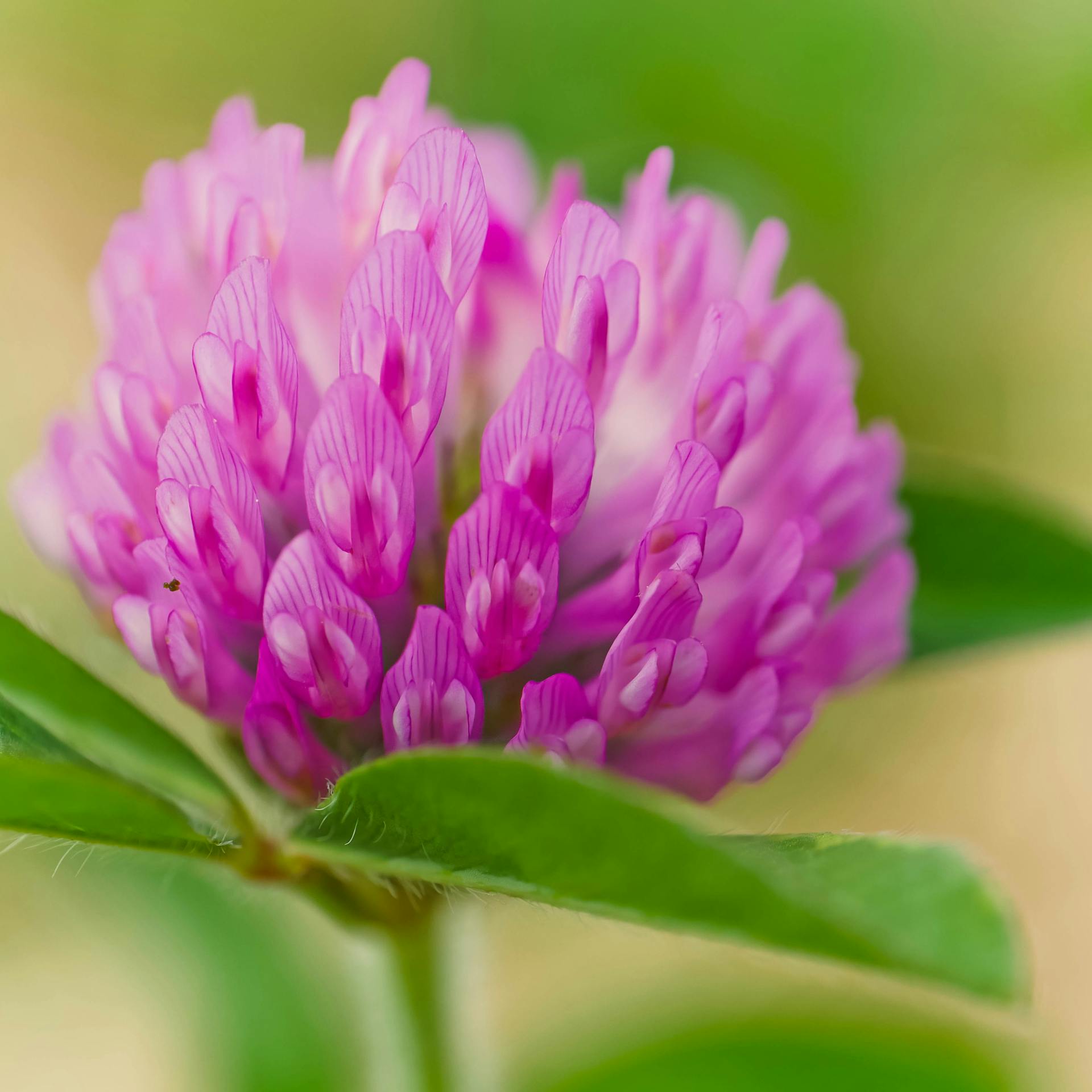Heidi Ahonen is a bioacoustician recording whale calls, whistles and songs to understand if the marine mammals are crossing paths with krill fishing vessels in one of the most extreme environments on Earth.
The steel gray sea mirrored the overcast sky as Heidi Ahonen buckled her life jacket over her red waterproof coat. In just a few minutes she would jet out on a small inflatable zodiac boat in search of an underwater recording device she hoped to retrieve from more than 1,000 feet below the water’s surface.
She had waited nearly a year for this moment. Thankfully the weather was cooperating, she thought. Too much wind or wave action in the strait could have jeopardized her mission on this mid-January morning.
Still, she said, “I’m nervous,” as she prepared to board the zodiac from the tender pit of the MS Roald Amundsen, an 11-deck hybrid-powered cruise ship named after the Norwegian explorer who became the first person to cross Antarctica and reach the South Pole.
“What if the recorder flooded, or its batteries died?” said Ahonen, a research scientist from Finland who specializes in bioacoustics, a scientific field that examines animal behavior by the sounds they make. It had been 10 months since the device was released into the Gerlache Strait, a 120-mile-long waterway in the Southern Ocean—also known as the Antarctic Ocean—that separates a group of islands known as the Palmer Archipelago from the northwest coast of the Antarctic Peninsula.
Theoretically, she knew, it should have stayed close to where it was originally sunk along with a 50-pound weight attached to a mooring line near to where the ship now idled, deep enough to avoid getting snagged on icebergs. But it wasn’t out of the question that strong currents could have forced it to drift. What if she couldn’t find it?
It was her first time leading a project in Antarctica and she felt pressure to succeed.
“Relax,” said her partner, Andrew Lowther, a marine mammal ecologist from Australia who’s conducted field research in Antarctica for more than a decade. “We’ll either find it or we won’t.”
Uncertainty was a given working in one of the most extreme environments on Earth.
Last year, Ahonen launched a project through the Norwegian Polar Institute based in Tromsø, Norway, where she’s a senior researcher, to monitor the year-round presence of baleen whales in the strait that feed on reddish shrimp-like crustaceans called krill. There are 15 species of baleen whales, including the humpback, fin and the Antarctic minke whale that use comb-like plates of baleen instead of teeth to filter tiny prey out of the water. Some can eat more than 3,000 pounds of krill in a day.

